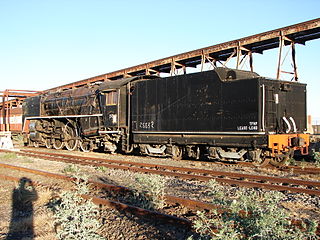The South African type ZB tender was a steam locomotive tender from the pre-Union era in the Cape of Good Hope.

The South African type ZA tender was a steam locomotive tender from the pre-Union era in the Cape of Good Hope.

The South African type YE1 tender was a steam locomotive tender from the pre-Union era in the Cape of Good Hope.
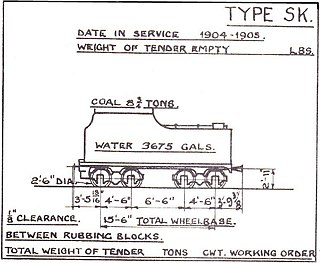
The South African type SK tender was a steam locomotive tender.

The South African type XM1 tender was a steam locomotive tender.
The South African type XS tender was a steam locomotive tender from the pre-Union era in Transvaal.
The South African type LP tender was a steam locomotive tender.

The South African type HT tender was a steam locomotive tender.
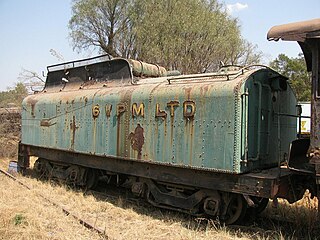
The South African type GT tender was a steam locomotive tender.
The South African type MS tender was a steam locomotive tender.
The South African type MP tender was a steam locomotive tender.
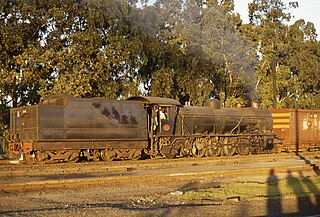
The South African type MT1 tender was a steam locomotive tender.

The South African type JV tender was a steam locomotive tender.
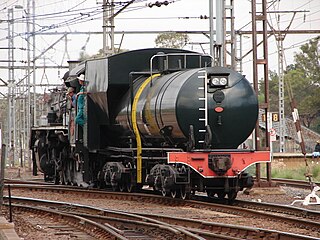
The South African type MX tender was a steam locomotive tender.
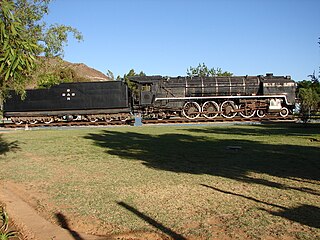
The South African type EW tender was a steam locomotive tender.
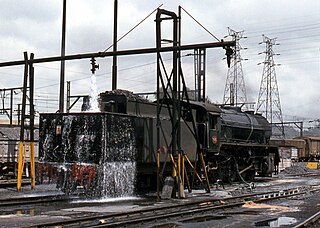
The South African type JT1 tender was a steam locomotive tender.
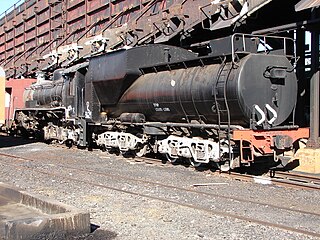
The South African type MY tender was a steam locomotive tender.
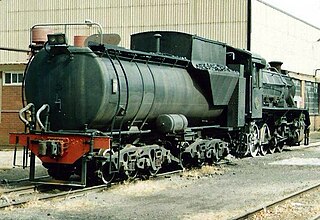
The South African type MY1 tender was a steam locomotive tender.
The South African type ET1 tender was a steam locomotive tender.



